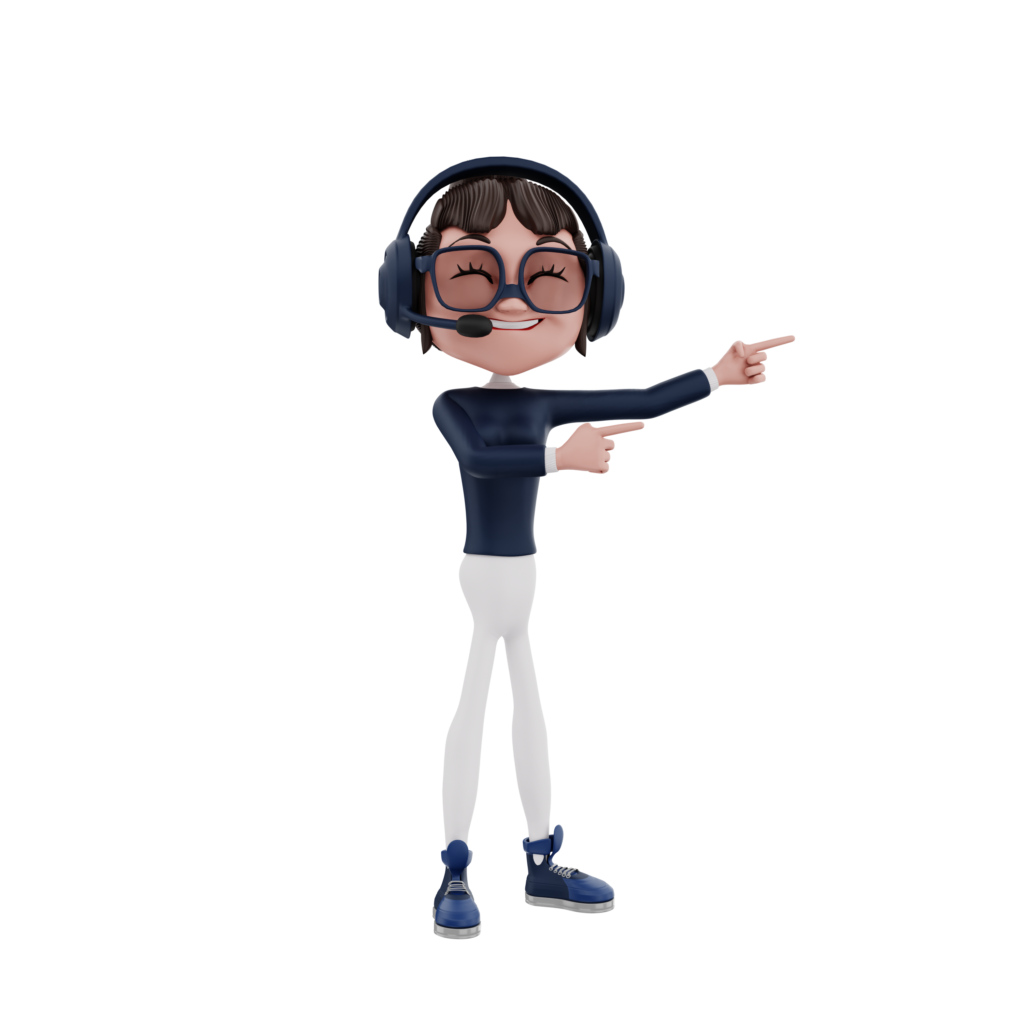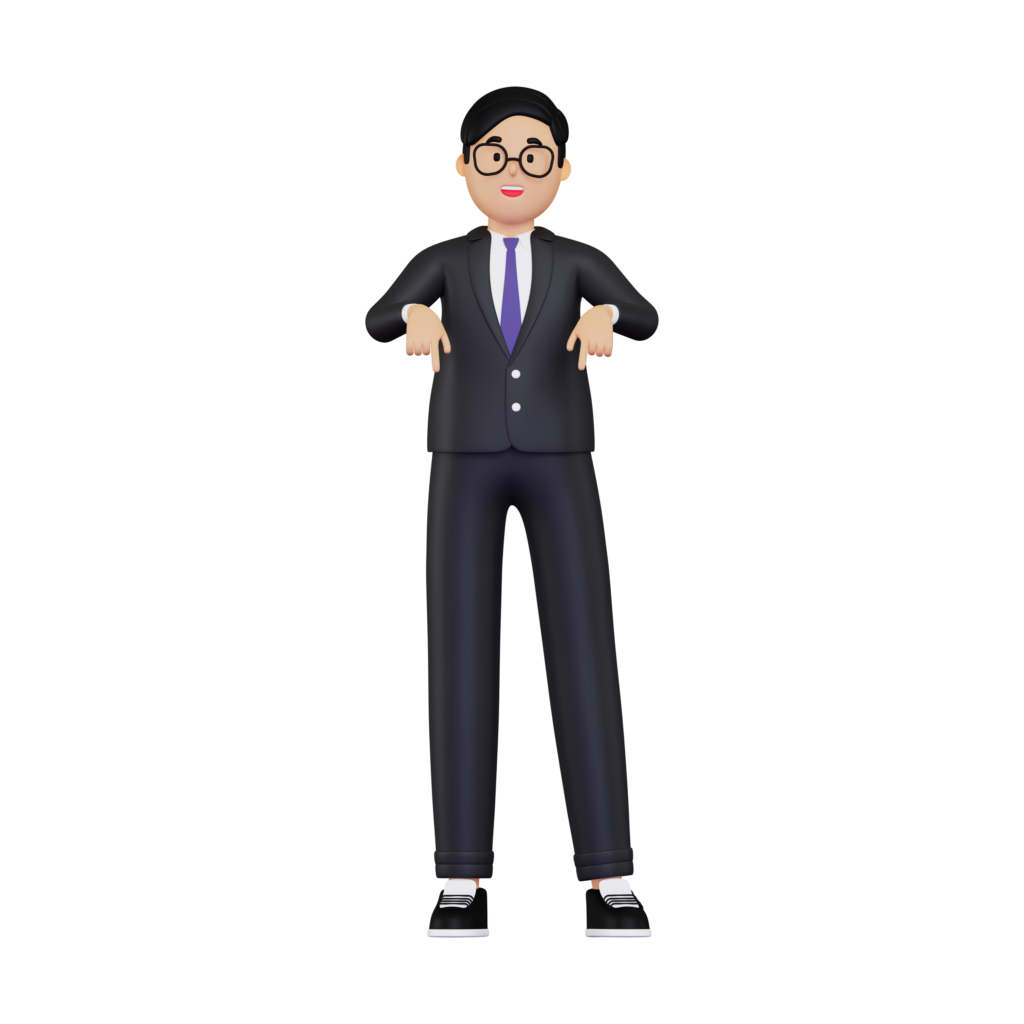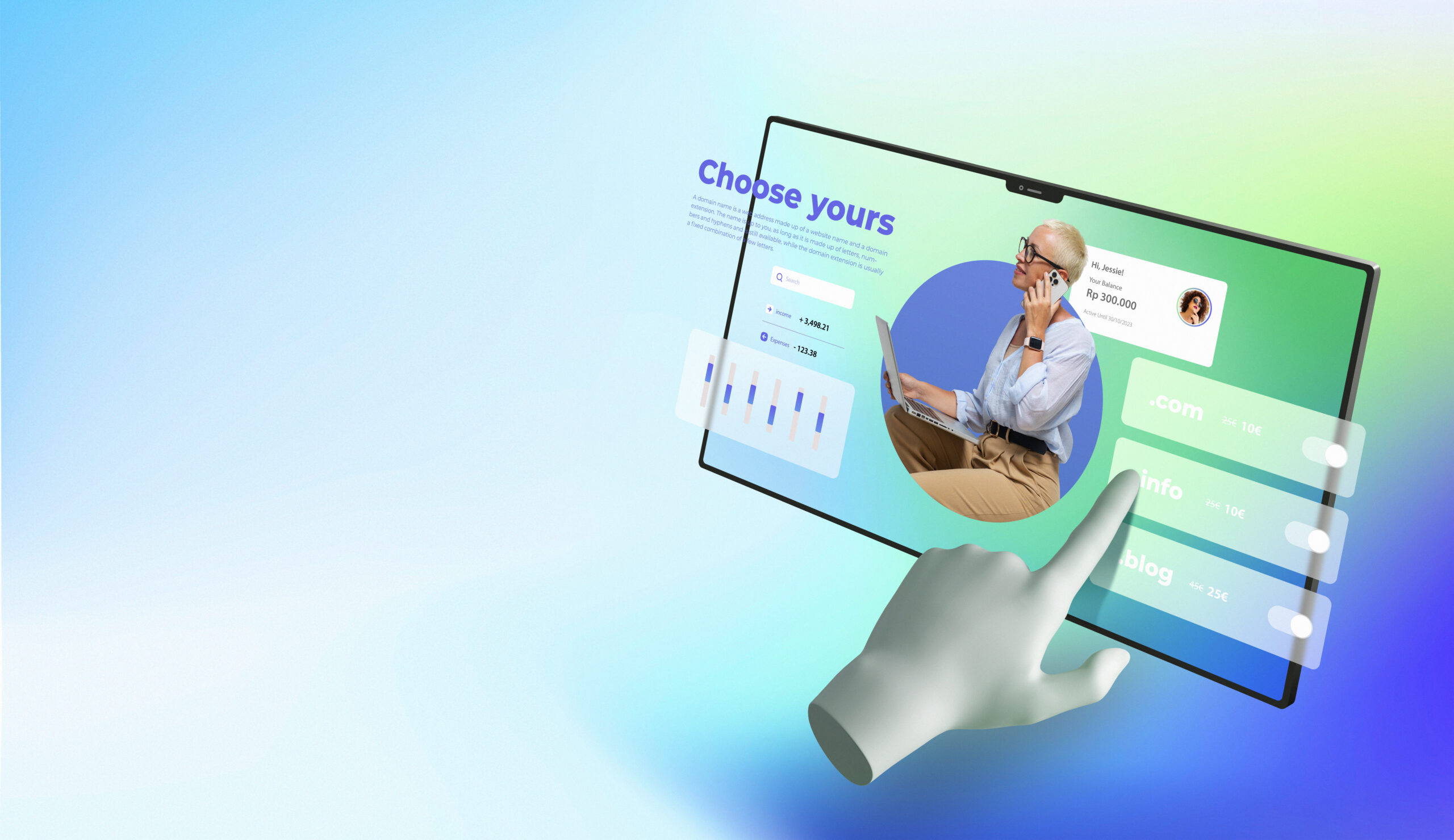It’s no secret that UX designers are an ambitious, hardworking bunch—diving headfirst into complex design challenges and pushing the boundaries of what technology can achieve. But you also know how easily burnout can creep up on even the most dedicated among us. With realistic workload expectations elusive, it’s all too common for UX designers to feel overwhelmed and run down. We have a real duty to ourselves (and our work) to learn why this is happening and what we can do about it!
Let’s get started by exploring why so many UX designers across industries are struggling with burnout, then discussing actionable solutions they can use to ensure long-term success while staying healthy and balanced.
Grow your digital footprint with Webtec’s Website Redesign Services – Your website’s new ally!
Understanding the Warning Signs of Burnout
Burnout is a serious issue that can impact anyone who experiences chronic stress, particularly in their work or personal lives. Some common warning signs of burnout include feeling emotionally drained or detached from others, experiencing physical symptoms like headaches or stomach issues, and feeling increasingly cynical, negative, or hopeless. It’s important to pay attention to these warning signs and take proactive steps to manage your stress levels and prevent burnout from taking hold.
This might include setting boundaries around work and personal time, pursuing hobbies or activities that bring you joy, and seeking support from friends, family, or mental health professionals. By understanding the warning signs of burnout and taking steps to address them, you can cultivate a healthy, balanced life that supports your overall well-being.
What’s Causing UX Designers to Feel So Much Stress and Anxiety
With UX design becoming an increasingly popular field, it’s no surprise that more and more designers are feeling the pressure to perform at their best. The pressure to deliver high-quality work within tight deadlines, the constant need to stay up-to-date with the latest design trends, and the pressure to justify design decisions to stakeholders are all factors that contribute to the stress and anxiety experienced by UX designers.
Additionally, the need to collaborate with team members and stakeholders can sometimes lead to conflicting feedback and opinions, which further adds to the pressure of the job. UX designers need to find ways to cope with the stress and anxiety that comes with the job, such as taking breaks during the workday, engaging in stress-relieving activities outside of work, and seeking support from colleagues and mentors.
There’s more to discover! Our recent blog post is waiting for you: 7 Tips for Managing Stress When You Are Creating Your Website.
Practical Solutions for Dealing with Burnout
Burnout affects many people in various fields, including healthcare, education, and corporate businesses. Feeling exhausted, overwhelmed, and uninterested in work can lead to a decrease in productivity and even physical and mental health problems.
However, there are practical solutions that can help individuals deal with burnout. Setting boundaries, practicing mindfulness and self-care, and seeking support from colleagues and professionals are effective strategies. It’s important to recognize the signs of burnout early on and to prioritize one’s well-being to prevent the long-term negative effects. Exploring and implementing these practical solutions can help individuals overcome burnout and rediscover their passion for their work.
Incorporate Self-Care into Your Day-to-Day Life
It’s important to prioritize self-care in our day-to-day routines, but it can be challenging to do so when life gets busy. Finding strategies that work for you can make all the difference. One effective method is to schedule self-care activities into your daily calendar, just as you would meetings or appointments. This can include anything from taking a mindful walk to journaling or practicing meditation.
Another helpful tactic is to set boundaries and learn to say no to commitments that don’t align with your self-care priorities. Remember, taking care of yourself is not selfish; it’s necessary for maintaining a healthy and happy life. By implementing these strategies, you can incorporate self-care seamlessly into your daily routine.
Find Professional Help With Burnout if You Need It
Burnout is a real and serious issue that affects many individuals, especially those in high-pressure careers or demanding personal situations. It can be debilitating and damaging if left unaddressed, so it’s important to seek professional help if you feel like you’re experiencing burnout.
Finding the right kind of professional help can be a daunting task, but it’s crucial to seek out someone who specializes in stress management and burnout. This could be a therapist, counselor, or even a coach. Look for someone who has experience working with individuals who have experienced burnout and who offers a personalized approach to treatment.
It’s also important to consider factors like location, cost, and availability when selecting a professional to work with. Remember, seeking help is a brave and proactive step towards healing and creating a healthy work-life balance.
Create a Support System Within Your Community of Colleagues
Creating a support system within your community of colleagues is crucial for individual success and overall productivity. It starts by building relationships with your coworkers and showing interest in their work and personal lives. By being a good listener, you can learn about their strengths, weaknesses, and challenges. In turn, they will be more likely to support you and offer assistance when needed.
Communication is key and should be open, honest, and respectful. Regular check-ins and meetings can strengthen relationships and increase collaboration. Lastly, taking the time to recognize and celebrate successes within the group can go a long way in fostering a positive and supportive work environment. With a strong network of colleagues, you can accomplish great things and feel supported along the way.
Conclusion
As we have discussed the causes of UX designer burnout, it is clear that organizations should prioritize addressing underlying issues and creating supportive conditions to enable their best talent to thrive. The pandemic has exacerbated these problems, and it is crucial to provide guidance and support when needed. Furthermore, designers need to be proactive in managing their own physical, mental, and emotional well-being.
Taking regular breaks from work, setting boundaries, and establishing achievable goals are essential for UX professionals who want to stay productive without getting overwhelmed in the process. We can all play our part in helping colleagues succeed through mentoring and mutual accountability between peers. In conclusion, let’s cultivate a culture that supports collaboration, diversity, and boundaries when tackling burnout.


